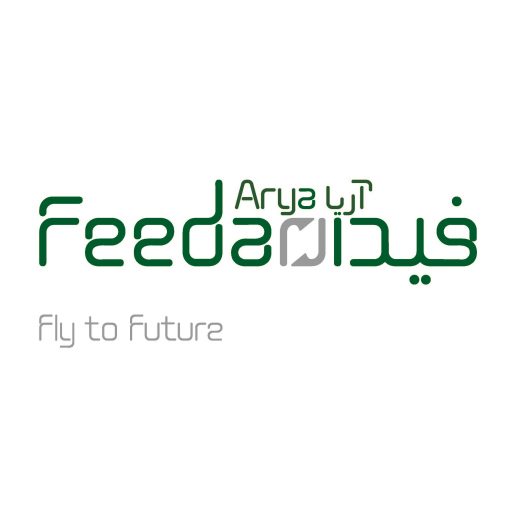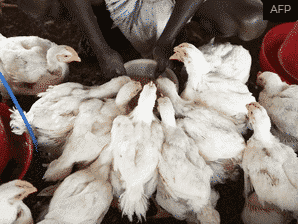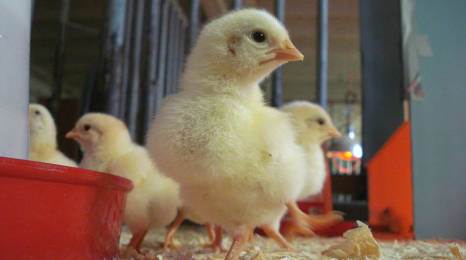22 Aug Poultry, egg prices fall on Covid-19 rumours
“The misinformation passed on through social media about spread of the virus through poultry and egg has reduced prices drastically in the last four-months,” said the director of leading poultry company in Haryana, who didn’t wish to be identified. It’s a double whammy for poultry farmers as birdfeed prices are up by 35-45 per cent compared to the last winter season, he said. The egg industry has taken maximum hit as wholesale prices have slipped below the breakeven level as rising inventories force farmers to push sales. “The supply of egg has swelled against shrinking demand and poultry owners are struck with inventories,” said Sukjinder Singh, a poultry farmer based in Punjab. “We are incurring loss per egg as the input cost is 40-50 per cent higher than a year ago.” He said poultry farmers are not able to pass on the input cost to wholesalers and are incurring loss on birds and...











